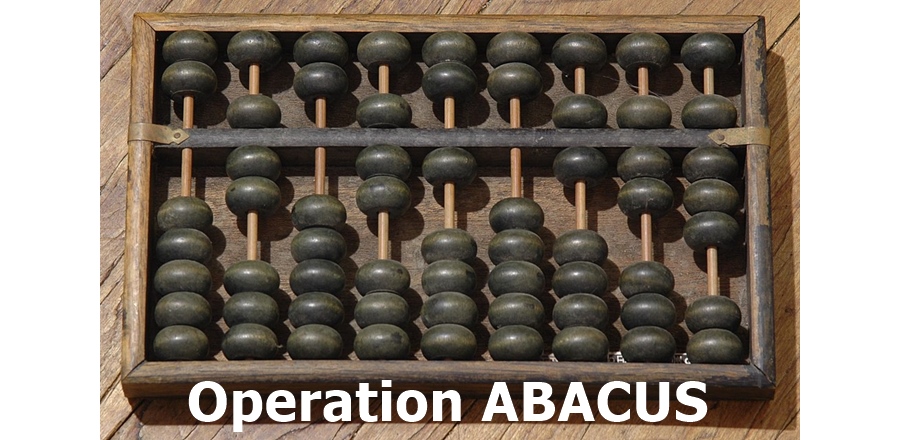
Operation Abacus: Preparing for Y2K
Bien que vous ne le voyiez peut-être pas, vous dépendez chaque jour d'une variété de systèmes de réseaux informatiques. Si ces systèmes n'étaient pas disponibles ou ne fonctionnaient pas correctement, cela aurait sûrement un impact sur votre vie d'une manière que vous pourriez trouver difficile à prévoir. Alors que vous pourriez vivre sans votre smartphone ou votre console de jeu pendant un jour ou deux, pourriez-vous vivre sans l'électricité nécessaire pour faire fonctionner vos lumières, votre cuisinière, votre réfrigérateur et votre micro-ondes ? Que se passerait-il si vous ou vos proches ne pouviez pas accéder à leur argent via la banque pour payer des produits essentiels comme la nourriture ?
Les sociétés du monde entier ont été confrontées à ce défi à la fin du 20 siècle. L'espace de stockage était limité dans les premiers ordinateurs et, par conséquent, la plupart des premiers programmes informatiques utilisaient un code abrégé à deux chiffres pour exprimer l'année au lieu des quatre chiffres complets. Par exemple, l'année « 1991 » serait raccourcie en « 91 ». À l'approche de l'an 2000, les programmeurs informatiques, les chefs de gouvernement et les citoyens ordinaires du monde entier se sont inquiétés de ce qui se passerait lorsque l'année 1999 (représentée dans la plupart des systèmes informatiques par "99") deviendrait 2000 (représentée par "00"). Comment réagiraient ces programmes s'ils ne savaient pas si l'année était, disons, 1900 ou 2000 ? Le réseau électrique fonctionnerait-il ? Les soldes des comptes bancaires seraient-ils calculés correctement ? Ce défaut de conception est devenu connu sous le nom de bogue de l'an 2000 (bogue de l'an 2000).
In response to these potential future events the Canadian Armed Forces (CAF) initiated Operation ABACUS, the name being chosen in recognition of the ancient arithmetic machine which everyone hoped they would not need to use following Y2K-caused system crashes. During the years prior to the year 2000, billions of dollars were spent creating contingency plans and testing electronic systems; thousands of programmers worked tirelessly by pouring over unending lines of computer programming code in order to replace the two-digit year abbreviation with the full four digits. By the winter of 1999 the Y2K Bug had been removed from most computer systems, but the complexity and interconnectedness of these systems made hard it to know what, if anything, had been missed. In fact no one really new what would happen when the clock struck midnight on New Year’s Day, 2000.
On Dec. 31, 1999, ten thousand Canadian soldiers were on alert, ready to help respond to any emergencies. Because there was no clear threat, such as a fire or flood, to respond to, and the possibility that the computer systems used by the Canadian Armed Forces would also be impacted by the Y2K bug, the soldiers, sailors, and airmen at the ready had to be prepared to respond to anything.
Fortunately January 1st, 2000, arrived with awe-inspiring fireworks around the world and few computer problems. Life continued as normal. Sometimes, the best military operations are those that never actually happen.
See this National Geographic article for a more detailed article describing potential impacts from Y2K or read the post-Y2K Thank You sent to the Defence Team by the Chief of the Defence Staff (Baril) and Deputy Minister Judd.
Also, see David Mutimer (1999). Canadian Annual Review of Politics and Public Affairs. University of Toronto Press. ISBN 978-0-8020-3901-9.
Photo principale: A Chinese abacus (Credit: WikiCommons, Shieldforyoureyes).


